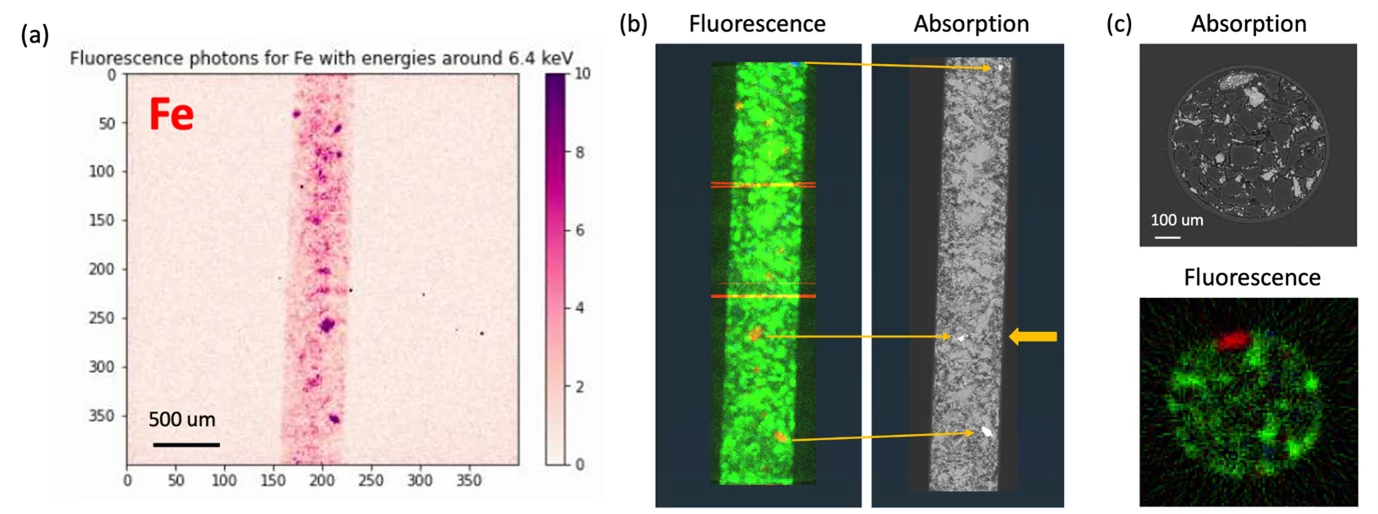In the context of the SLS2.0 upgrade project, the possibility to gain information on the elemental distribution, in addition to the microstructure, in a rapid manner is explored. We aim at combining energy resolved 2D detectors (e.g. Mönch) with pinholes in a camera obscura geometry. We are currently assessing the achievable spatial, temporal and energy resolution as well as the sensitivity of such a system, and developing the required reconstruction and data processing tools. Finally, the most suitable applications are explored.
Collaboration
- Dr. Anna Bergamaschi, Detector Group, Paul Scherrer Institut
- Dr. Dario Ferreira Sanchez, microXAS Beamline, Paul Scherrer Institut
Contact
